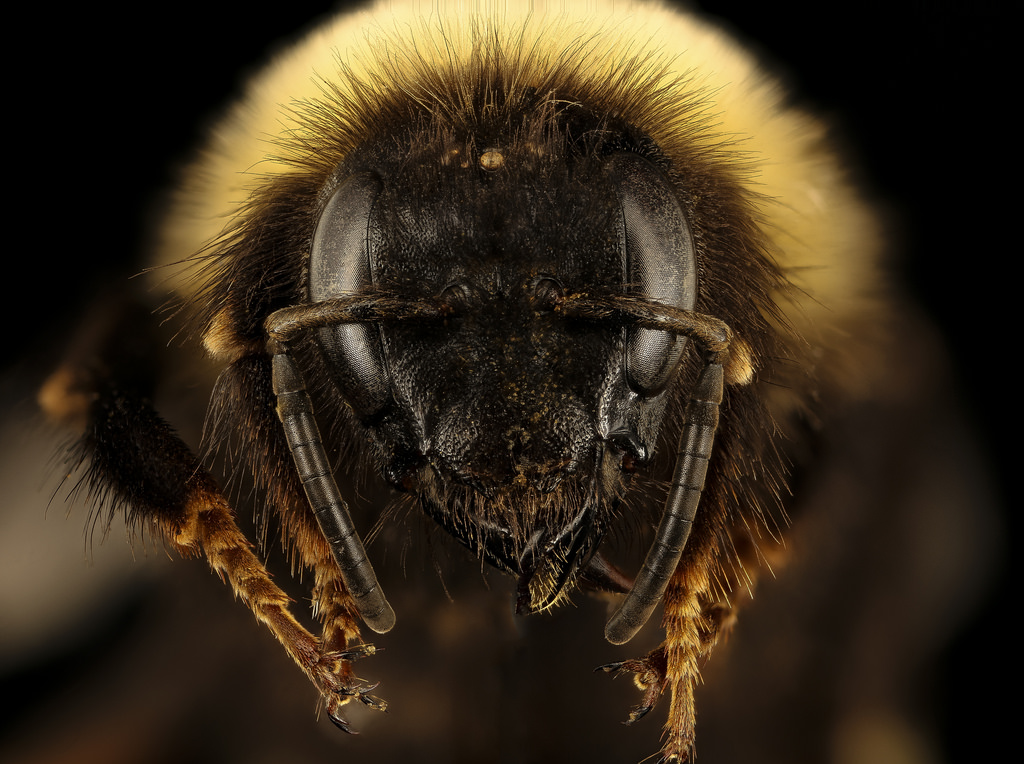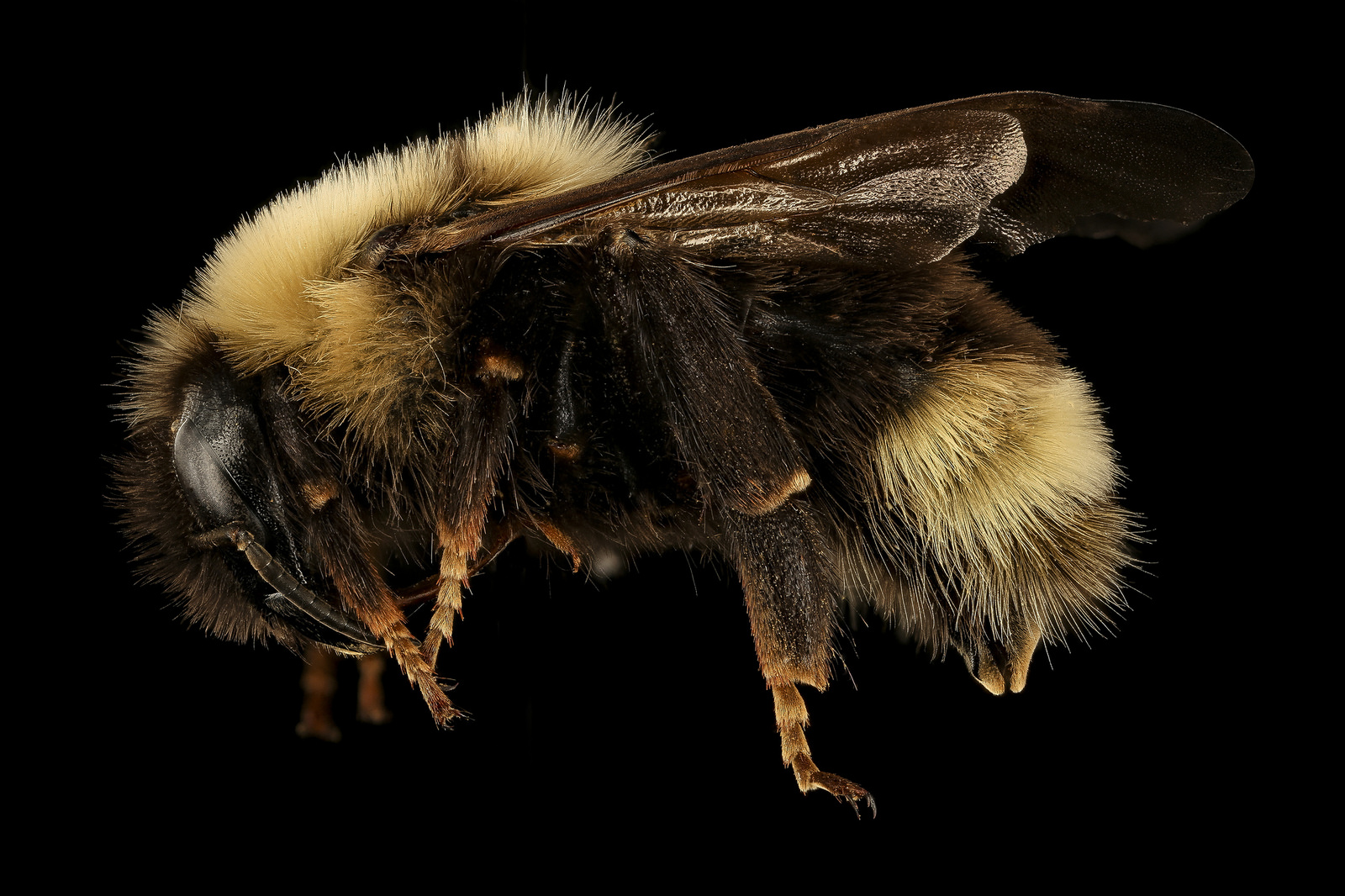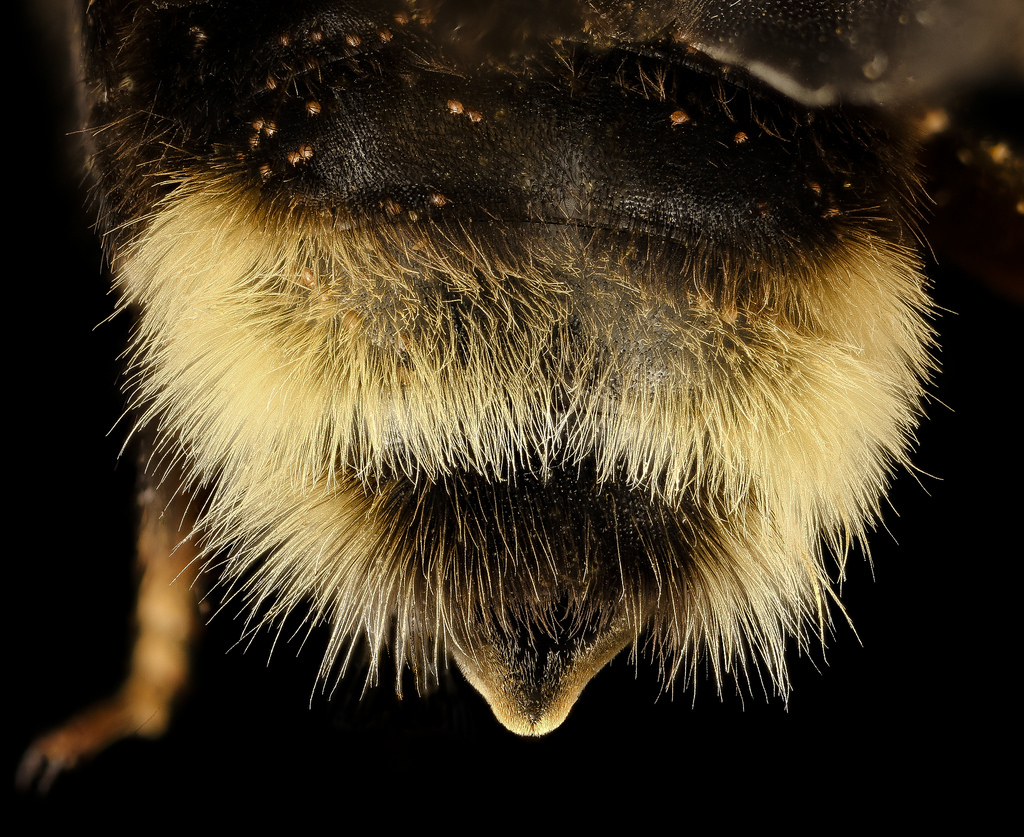Map Snapshot


2 Records
Relationships
A cuckoo bumblebee, reproducing in colonies of Bombus affinis and B. terricola. With the catastrophic decline of B. affinis, this species has also become rare in much of its range.
Seasonality Snapshot
Use of media featured on Maryland Biodiversity Project is only permitted with express permission of the photographer.
A female Bombus ashtoni collected in New York.
View Record Details
Media by
USGS PWRC.
A female Bombus ashtoni collected in New York.
View Record Details
Media by
USGS PWRC.
A female Bombus ashtoni collected in New York.
View Record Details
Media by
USGS PWRC.
A female Bombus ashtoni collected in New York.
View Record Details
Media by
USGS PWRC.
Source: Wikipedia
| Bombus ashtoni | |
|---|---|

| |
| Jasper, Alberta, 2022 | |
| Scientific classification | |
| Domain: | Eukaryota |
| Kingdom: | Animalia |
| Phylum: | Arthropoda |
| Class: | Insecta |
| Order: | Hymenoptera |
| Family: | Apidae |
| Genus: | Bombus |
| Subgenus: | Psithyrus |
| Species: | B. ashtoni
|
| Binomial name | |
| Bombus ashtoni (Cresson, 1864)
| |
Bombus ashtoni is a species of cuckoo bumblebee. This means that it parasitizes closely related species such as Bombus affinis, Bombus terricola, and Bombus fervidus by residing in the nests of these bumblebees and tricking the bees into providing resources such as food for them.[1]
References
[edit]- ^ Fisher, R. 1984. Evolution and host specificity: a study of the invasion success of a specialized bumblebee social parasite. It lives in North America and Northern Mexico. It is very rare and in 2015 was known only by seven sites across north America. Canadian Journal of Zoology, 62: 1641-164



